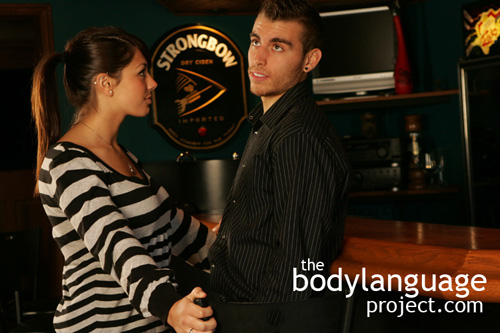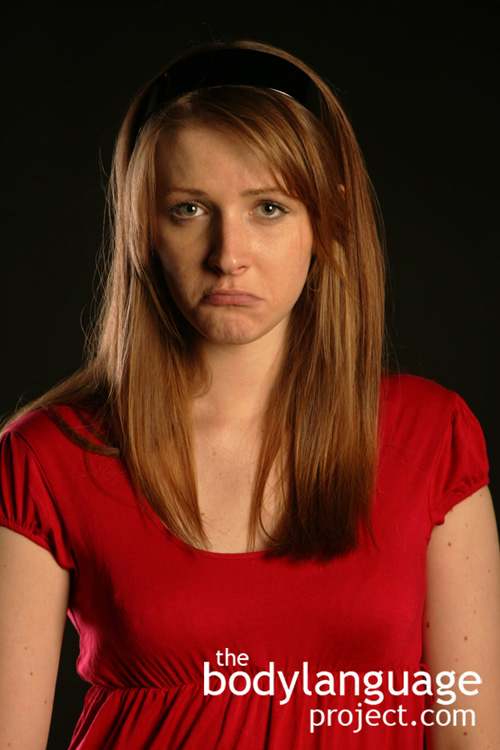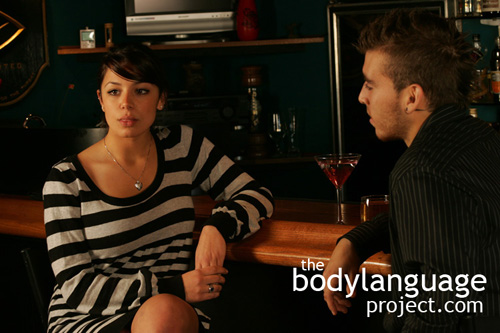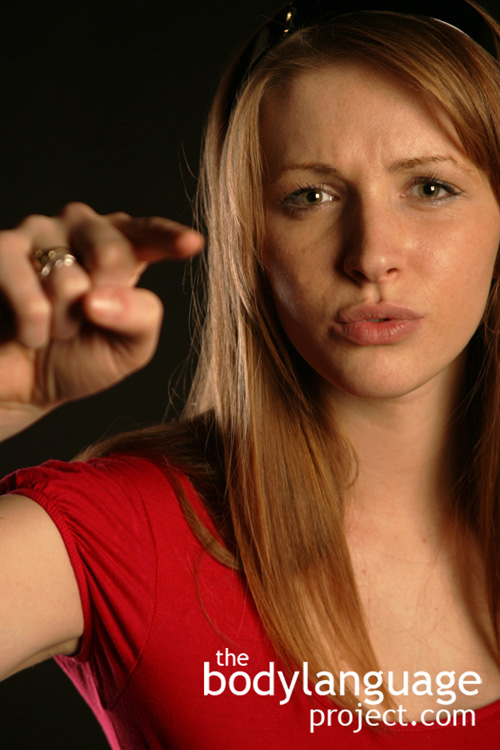
The polite smile is used with people we only know in passing or not at all. The teeth are shown and the lips are curved upward modestly.
Research on smiles has been a hot topic since its one of the facial features that is so prominent and important day-to-day. But what purpose do facial expressions serve overall if only to make others aware of our inner thoughts and feelings and perhaps betray us to our enemies? Surely our expressions could be used against us, for the benefit of others, especially given the fact that we often paint our faces with emotion easily and sometimes with abandon.
One theory says that facial expressions are a bit of a chicken and the egg type of situation where it is the expressions we make that in fact control our moods, rather than having our moods influence our expressions. In other words it might be that we give off facial expressions not because we feel happier, but because it helps us to feel happy. This implies that facial expressions are more gear to help those that hold them instead of those who view them and that smiling rather than indicate happiness actually creates happiness. Some of the research does tend to support this finding. When subjects were asked to fake smiles in research studies they tended to be more able to hold positive emotions rather than negative emotions so it seems that our minds are emotionally hardwired to mirror expressions that show up on our face.
Many biologists think smiles have roots as a fearful gesture, as a sort of “fear grin.” Today though, human smiles are a universally submissive gesture but they can also symbolize pleasure, amusement, aggression, or anxiety (grimace). These other emotions never truly supersede the most common purpose of the smile which is to show submission. We will see this occur over and over again as it applies to smiling. Even pleasure must happen with or around people we feel we can submit to. Smiles are our way we to show that we are non-threatening and wish to maintain peace.
Chimpanzees, like humans have two common sets of smiles. One is a playful smile and the other is an aggressive smile. Humans, when aggressive, will display with a smile by pushing forward their lower lip and baring their lower teeth. This is turn induces either an appeasement or submissive smile in our counterparts or more aggressive body language possibly leading to a battle.
A friendly smile, on the other hand, occurs by pulling the corners of the mouth upward which may or may not include crow’s feet as we have seen. Those that lack smiles altogether or who smile infrequently are much more dominant and want to be seen as such. The grimace happens in situations where one is forced to talk or debate under a stressful situation. You will find that this sly face appears almost universally even though no pleasure is felt. The grimace is a disarming gesture meant to appease others, but it usually comes off as insincere and smug. We will see this face under high stress situations. To see this face authentically, pay close attention while watching courtroom television shows. Usually the defendant who is under stress will seem to beam with light from their teeth. The judge will often see him or her as being defiant, and often requests for them to remove their smug look whereas, in fact, no smugness is present at all. In this context a big smile is linked to stress from outside forces, and does not indicate either happiness or smugness. Regardless of the meaning of the specific smile, researchers have concluded that the smile is innate and not learned since even people born blind smile to display happiness.









